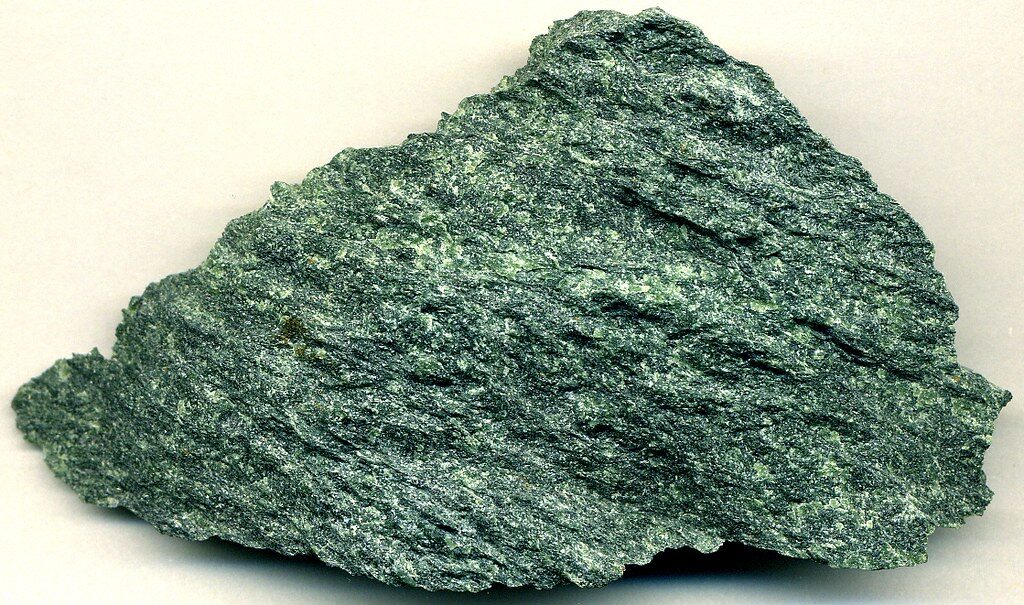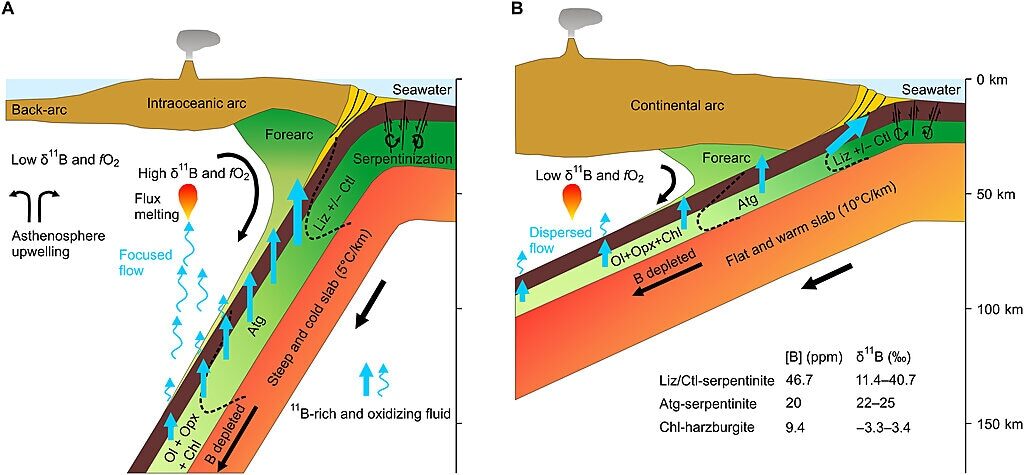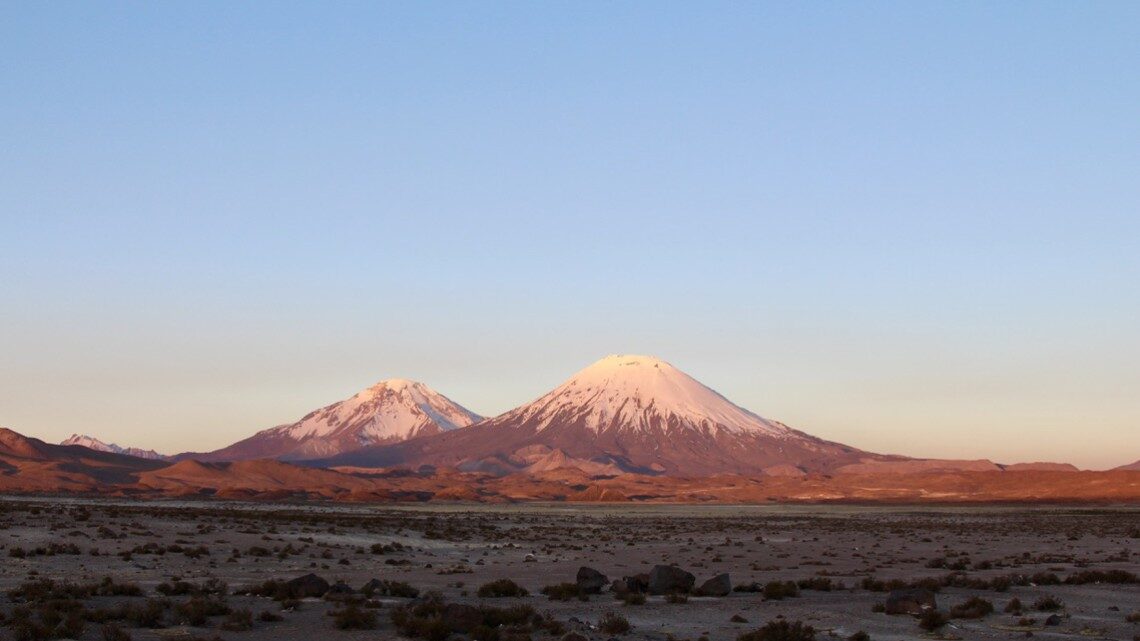"This cycle is a really a big deal," said Esteban Gazel, associate professor of earth and atmospheric sciences in Cornell's College of Engineering, and co-lead author on the study. "In the end, we're talking about the budget of oxygen on the planet and how that gets balanced through processes like subduction."
Earth is constantly recycling its life-giving supply of water and oxygen as tectonic plates sink, or subduct, deep into the planet. Elements are carried down as one piece of the planet's crust slips below another, and resurface through the resulting volcanoes.
It's a critical process, but how, exactly, subduction recycles oxygen and allows it to interact with other elements has always been a topic of debate among geoscientists.

Using volcanoes to probe the deep Earth, past studies have examined oxygen levels in the Earth's mantle -- the magma-filled layer directly under the crust -- for clues. Some geoscientists have pointed to increased oxidation below volcanic arcs, where the hydrated oceanic lithosphere sinks into the mantle. A leading theory had been that ocean water delivering hydrogen into the mantle was influencing its oxidation state, but the new study found that oxygen is entering the mantle in fluids derived from "heated and pressurized" serpentinite rocks.
Below the sea floor, the process of serpentinization creates rocks that trap highly oxidizing fluids inside, and these serpentinites eventually get subducted back into the mantle.

(A) Steep, cold subduction zone and (B) Flat, warm subduction zone. Dehydration of serpentine minerals [lizardite (Liz), chrysotile (Ctl), and antigorite (Atg)] releases 11B-rich and oxidizing fluids. The migration of such fluids into the subarc mantle is promoted by steep, cold subduction, but is limited by flat, warm subduction. The depths of lizardite ± chrysotile to antigorite transition (200 to 400°C) (12) and antigorite breakdown (600 to 700°C) (61) are determined according to a thermal gradient of 5°C/km for cold subduction and 10°C/km for warm subduction (62). The B concentrations and δ11B of serpentinite and chlorite (Chl) harzburgite are from (37, 63).
"Eventually, those serpentinite juices are going to be squeezed from the slab," said Gazel, who is also a faculty fellow at the Cornell Atkinson Center for Sustainability. "Depending on the angle and the thermal conditions of the subducting slab, those fluids are released and they oxidize the mantle below volcanoes."
With travel restrictions and his laboratory under construction, Gazel and his colleague Yuxiang Zhang from the Institute of Oceanology, Chinese Academy of Sciences spent time in 2020 carefully analyzing every existing dataset for single arcs and their lava compositions. Adding to the analysis were serpentinization expert Frieder Klein and chemical thermodynamics expert Glenn Gaetani, both scientists from the Woods Hole Oceanographic Institution.
"We were looking at the correlation with different processes," Gazel said. "For instance, there were some regional datasets that correlated the thickness of the crust with oxidation, but it just didn't make sense once we made our study global."
Once enough datasets had been combined, certain correlations were eliminated while the correlation between serpentinization related fluids and oxidization became evident. Specifically, the subduction system's thermodynamic conditions and geometry proved to control the dehydration of serpentine and the oxidation state of the mantle, with steeper, colder subduction zones providing more oxidization.




I find the headline amusing to say the least, it could suggest that Earth now has Green credentials and is being described as a bonafide recycler🥳
Shame Earth can't recycle all that plastic that mysteriously appeared all of a sudden in Earth's oceans, yet enough tall story lauded around by world governments.
Then the article empathises how important this new found system is to planet Earth 🌎 by announcing it as " a key driver ", Sorry ?
What the hell have scientists 🤪🤪 being doing all this time for this nugget of a discovery now to have such importance in providing oxygen for Earth's population.
Are not trees 🌳 🌳 our source of oxygen anymore
No doubt they be after funding next to expand apon this wonder idea of theirs